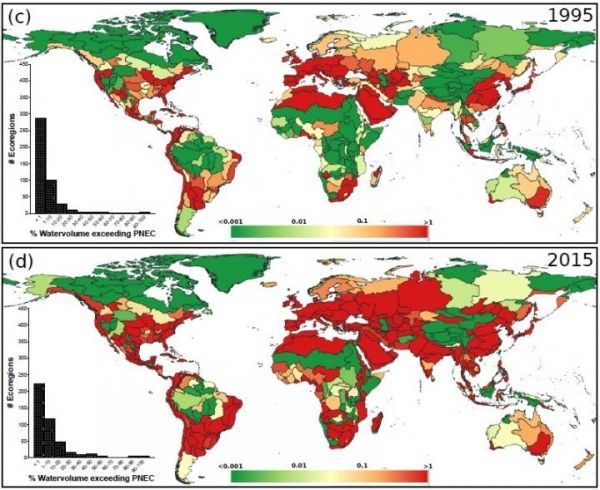Over the past 20 years, concentrations of pharmaceuticals have increased in freshwater sources all over the world, as research by environmental experts at Radboud University has revealed. Levels of the antibiotic ciprofloxacin have reached the point of potentially causing damaging ecological effects. The research is the first to examine the risks of two particular medicines in global freshwater sources, and is being published in Environmental Research Letters on 22 February. “The study calls for more widespread data gathering to measure the problem around the world.”
“Getting an accurate picture of the environmental risks of pharmaceuticals around the world depends on the availability of data, which is limited,” says Rik Oldenkamp, lead author of the article. “It's true that there are models, such as the ePiE model, which can give detailed predictions of pharmaceutical concentrations in the environment, but these are often only applicable to places where we already have a lot of information, such as rivers in Europe.”
The new model developed by the researchers, which builds on an existing model with a lower resolution, makes it possible to come up with worldwide predictions for individual ecoregions.
Read more at Radboud University Nijmegen
Image: The environmental risks of ciprofloxacin in fresh water have increased worldwide between 1995 and 2015. PNEC stands for 'predicted no effect concentrations.' (Credit: R. Oldenkamp et al, Environmental Research Letters)


